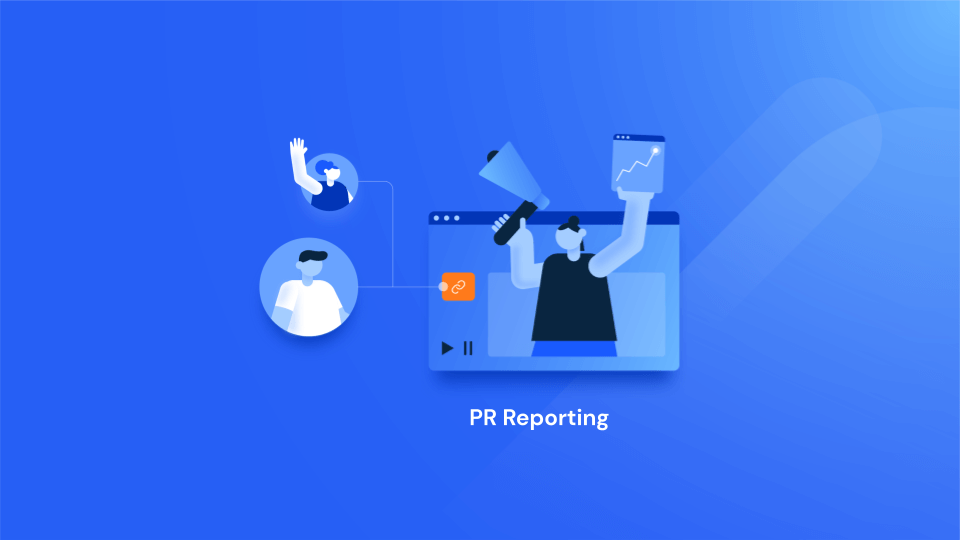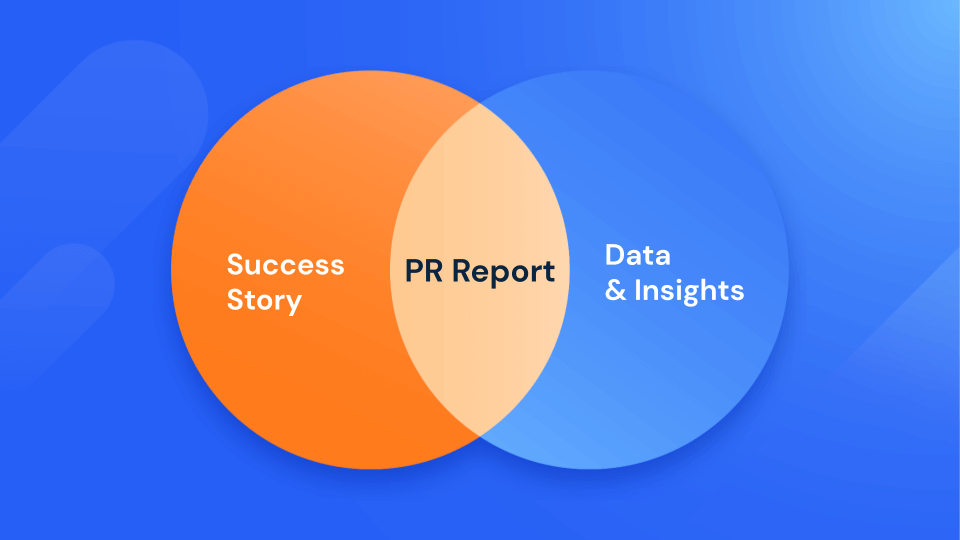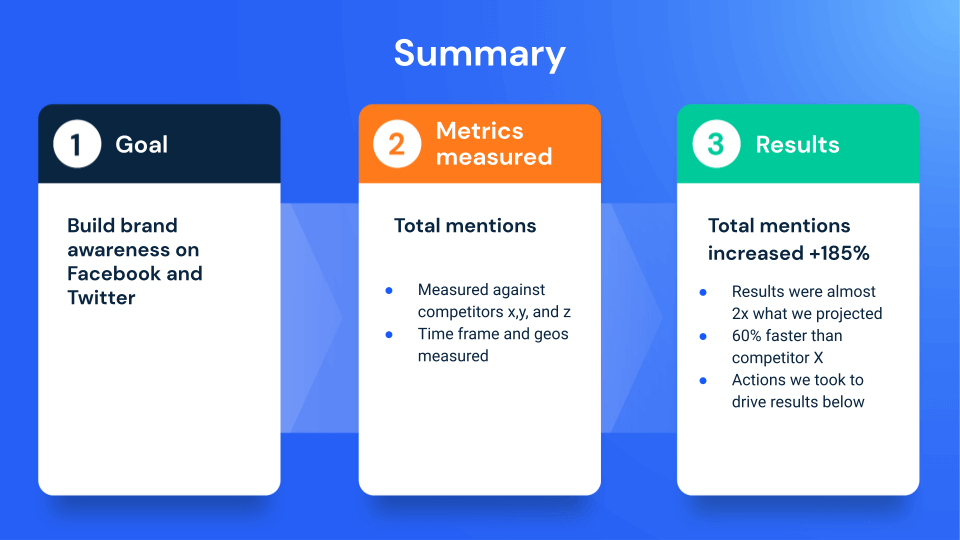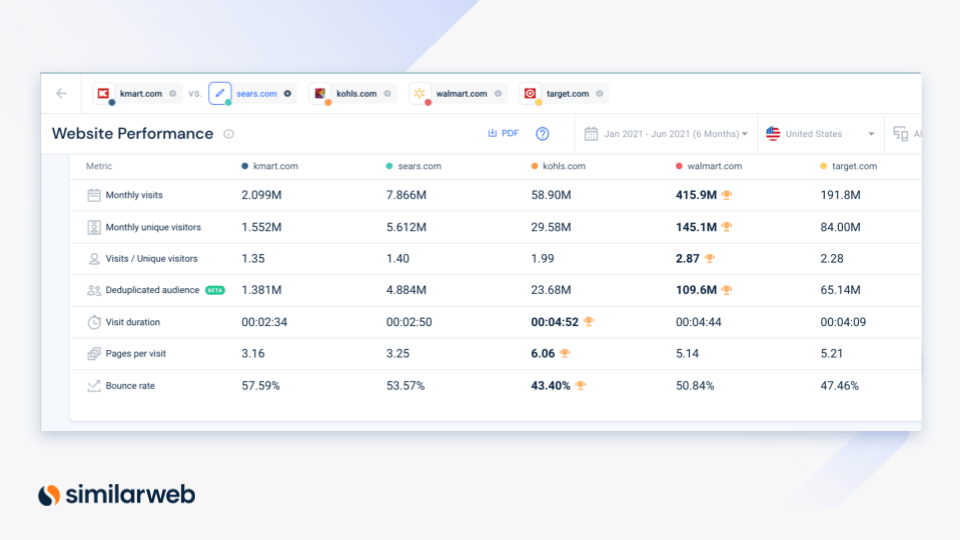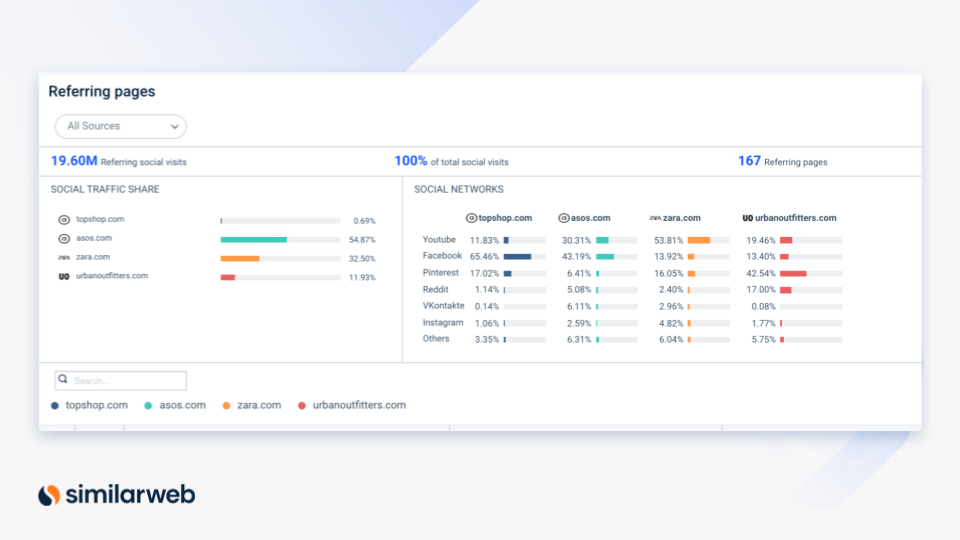8 Pillars of PR Reporting to Prove Your Value
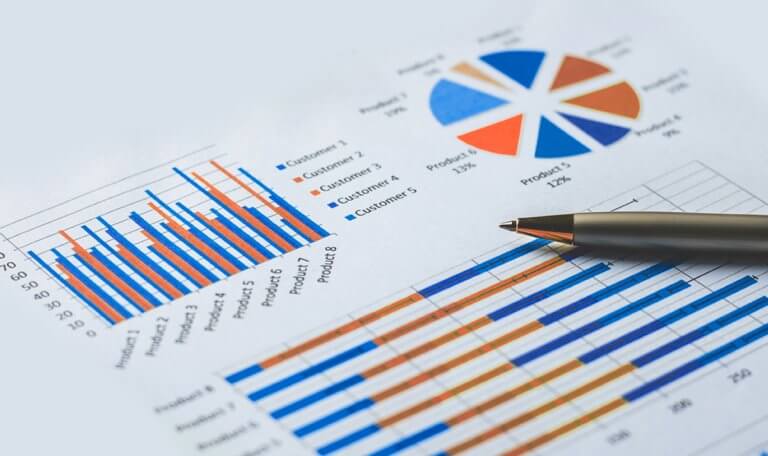
In the world of public relations, getting results for clients doesn’t matter if they don’t know about them.
PR reporting is the foundation for communicating your impact to clients.
It’s the single most important part of a PR campaign because it shows the value of your work.
To be one of the PR pros you need to go beyond communication expertise within reputation management, content creation, media relations, corporate social responsibility, and social influence. You also need to have a clear focus on how you will monitor and measure results.
Here we’ll give you the pillars of PR reporting, so you always get it right.
4 types of PR reports
When it comes to PR reporting, one size does not fit all. Depending on your target audience, and the purpose, your report can look completely different.
Information overload is a real danger for most executives, so when putting together a report it’s important to stay focused on what you want to communicate to key stakeholders.
Are you providing a simple update on metrics and KPIs? Or are you assessing the strategic direction of a campaign as a whole?
With a clearly defined goal, you can focus on making a report that provides actionable insights for data-driven decision-making and most importantly puts your accomplishments front and center.
Monthly reports – track your progress
Monthly PR reporting should reveal how your campaign is progressing, so far. The key here: so far.
Notice you aren’t on track to reaching your KPIs?
This is the time to show what’s working, what’s not, and how you will pivot to achieve results.
Regular monthly reports are most likely targeted at your manager and are primarily about tracking your most important KPIs. You’ll likely include metrics such as mentions over time, total impressions, or a location chart.
Quarterly reports – time to get high level
The quarter’s coming to a close? It’s time for a high-level assessment of where you stand.
The emphasis for quarterly PR reporting is demonstrating the business value your work brings to your clients.
Quarterly reports are less frequent, so the data you’re gathering becomes more strategic. Quarterly reports tend to be shared higher up a client’s management structure, potentially as far as VP, CMO, or even CEO in smaller companies, so it’s important to highlight your successes.
In quarterly reports, you want to:
- Show off the value of your spend
- Draw a link between PR activities and client revenue
- Summarize your big wins
- Provide high-level data
- Show next steps
Annual reports – the long game
Annual PR reports go higher up the management food chain than any other type of report, and will most likely be read by your client’s CMO and CEO or other members of the c-suite, as well as the board and any key investors.
Usually, their primary reason for viewing it is to decide next year’s budget and plan their future strategies.
The stakes for annual reports are higher. Your annual reports need to showcase achievements backed up with hard data and graphs.
The emphasis is on your long-term value in context. Beyond demonstrating the results of the past year, you should project your expectations for the future given a certain budget and spend.
Campaign reports
A campaign report is even more targeted than a timely one and comes tied to a very specific goal or set of KPIs. You might be running the PR for a product launch, a new market entry, or around a particular event, and your reporting will reflect directly on your achievements toward that goal.
It’s crucial to track metrics around exposure, coverage, and interactions, and to clearly demonstrate your successes visually.
8 pillars of PR reporting
Delivering an impactful PR report that sticks with stakeholders (for the good) is an art. Here are eight steps to tell a compelling data-driven story.
1. Put goals front and center
Before diving into the details and data, your report should outline the pre-agreed-upon goals of your campaign, whichever type of report you’re compiling. These goals need to be clearly stated in simple language.
Pro tip: Not sure the goals are clearly communicated? Ask a colleague to look at your PR report and identify the goals of the campaign. If they aren’t able to do this instantly, they aren’t clear enough.
For example, if your goal is to increase brand loyalty, by increasing returning visitors by 20%, this should be clearly stated at the beginning of the report.
2. Use the right analytics
Once you’ve restated your campaign goals and PR metrics you are using to measure them, it’s time to collect your data. Consider the most appropriate metrics to track your progress towards those goals, including pre-defined metrics. You need to show growth and compare these metrics to previous periods. These might include:
- Total number of mentions
- Social media followers
- Total impressions, total clicks
- Mentions by source, allowing clients to see which channels are generating the most conversation
- Mentions over time, for example, to see the impact of different parts of a campaign
- Location maps, charting where in the world the most mentions are coming from
Your data is part of the larger story you are telling through your report. Pulling key insights from your data and website analytics will add to your overall story and make your PR report even more powerful.
3. Summarize
Humans create a first impression in a mere 1/10th of a second, and we judge unfamiliar information almost as quickly. That’s why your report’s ability to summarize important key findings, successes, and recommendations using data is important to making an impact on busy executives.
Include the metrics your client is most interested in and highlight the most significant findings and suggested tweaks to the campaign.
Your summary might start out like this:
“The aim was to build your brand awareness, particularly on Facebook and Twitter. The campaign achieved an increase in total mentions on those platforms of 185%. This is almost twice the increase we projected, and a 60% faster growth rate than your main competitor enjoyed. We achieved this thanks to four one-off and fifteen ongoing activities that we’ll detail in the rest of this report.”
But to have an impact, it needs to be scannable and visual:
4. Integrate competitive intelligence
As Einstein concluded for the universe as a whole, progress is relative, and it’s no different for PR agencies. The best PR reports go beyond the details of your successes, they give the context, so your client can see how you’re building their brand relative to their competitors and relative to their past performance.
Have you achieved faster growth, wider reach, or more impressions than your client’s competitors? Competitive analysis can be a powerful way to showcase the bigger picture:
Here are some of the key metrics to measure:
- Share of voice
This measure of reach shows your client how much attention they’re getting as a proportion of the whole, with a clear depiction of exposure share benchmarked by each relevant query. - Impressions
Include a chart of total brand impressions, again benchmarked against the competition. - Total mentions per channel
Here you can provide a benchmark of your client’s performance in each key channel, such as social media and press outlets, depending on your media relations and the press releases you’re putting out. This is a great way of identifying the strongest channels, as well as those which may be underperforming, and helps you adjust your strategy accordingly. - Mentions over time
For a report with a wider scope, you’ll want to draw particular attention to how their brand mentions have changed over time, especially if there’s a clear increase since you’ve been working with them.
5. Highlight top influencers
Key influencers make a huge difference to successful PR campaigns, whether they are an individual with a large active following on social media, a referral website with a high traffic volume, or a media outlet with significant authority.
Including top influencers can help you capture suitable targets for future activity or partnerships, and also identify where your client’s competitors may be attracting a significant chunk of their engagement from. For greater depth of detail, consider including separate visuals for top influencers split by the number of mentions, source, and reach.
6. Include mentions metrics
Whichever type of report you’re compiling, mentions analysis is a powerful way of tuning in to the conversation around your client’s brand, products, and services, and the areas they operate in.
You should include the total volume of mentions, but also qualify these between positive and negative reactions to get a more specific reading on how the brand is being received.
There’s a direct link between the volume of mentions and measurable brand awareness, that clearly demonstrates the impact of your campaigns.
7. Add sentiment analysis
Capturing a sense of the public’s feelings towards your client’s brand helps them to create a strategy that engages with their audience in the right way. A sudden outpouring of positive feelings, for instance, warrants a different type of engagement campaign than a wave of negativity.
Social media monitoring tools can help here, letting you measure sentiment and present this on a graph against any chosen search terms. Performing this search for your client as well as their competitors can also help you spot opportunities to take advantage of any discord in the market.
8. Don’t forget your recommendations
Aside from the summary, this is probably the most important element of your PR report. Your clients want the value of the strategic insights you can offer, as well as to see improvements in the key metrics that move them closer to their goals.
The data you’ve collected in the rest of your report should give you plenty of evidence to identify trends, opportunities, and areas to tweak your approach. By spotting these in the data, and drawing up actionable insights, you’ll deliver even more value to your client, guiding their PR strategy around launch events, one-off campaigns, and ‘always-on’ PR efforts.
As with the rest of the report, the key is to keep it short, persuasive, and actionable.
Find the right tools
Choosing the right PR tools is 90% of the battle of building a compelling and effective PR report. With so many metrics to gather, automated software can give you the time you need to make the insights and recommendations that add real value for your clients.
Similarweb’s tools can help you perform situational audience analysis in real-time, find new press outlets, benchmark how your client measures up to competitors, and identify trends and topics among their audience.
Further reading: Build Competitive Analysis Reports Your Management Can Rely On
Your full marketing toolkit for a winning strategy
The ultimate solution to help you build the best digital strategy
